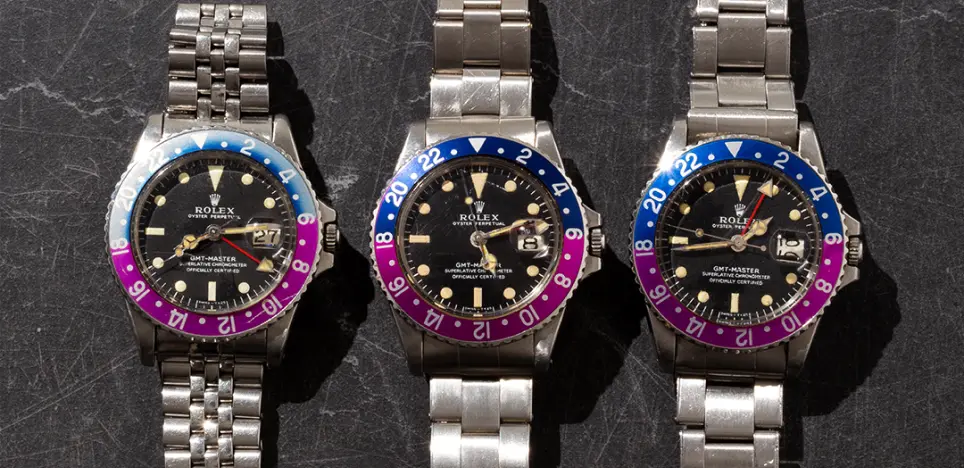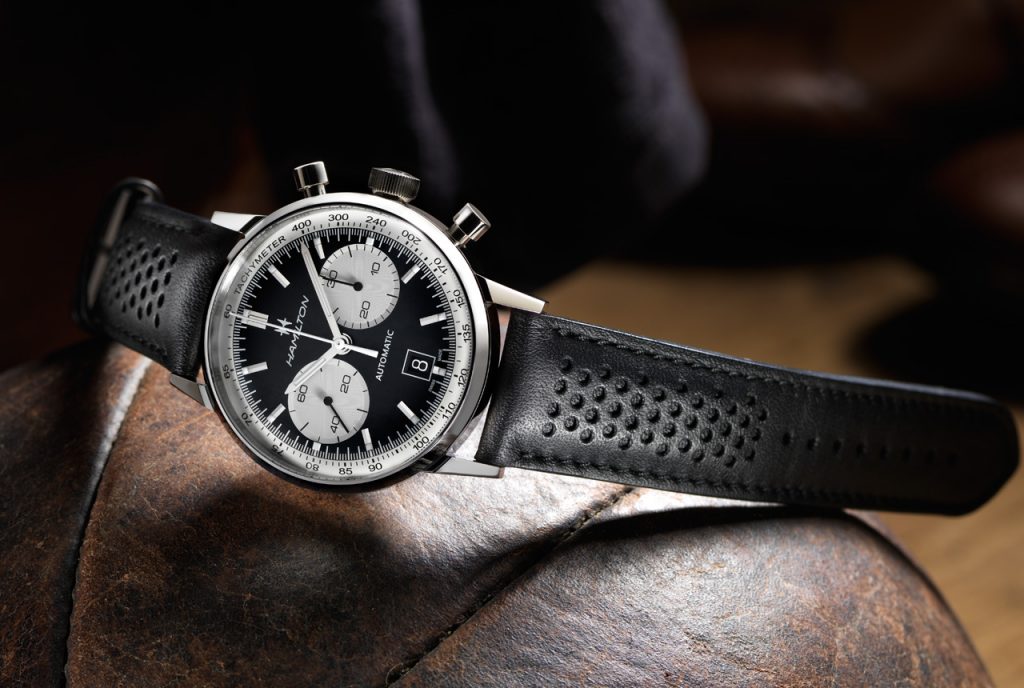Spotting A Fake Pre-Owned Rolex Watch [INFOGRAPHIC]
October 23, 2016So, you’ll need to be extremely careful if you’re looking to invest a good chunk of change into a vintage Rolex. Fortunately, we’ve created this helpful guide on spotting a fake vintage Rolex, even if you aren’t an expert watch enthusiast.
Continue reading below to learn how to avoid buying a counterfeit Rolex watch by mistake.
Vintage Reference Number
All authentic Rolex watches have two numerical codes engraved on the metal case. These are the serial number and reference number and are the two most straightforward ways to identify an authentic Rolex watch.
Rolex didn’t engrave the reference numbers on their timepieces for fun. Instead, they serve the specific purpose of identifying the watch model and other essential components. The serial number also helps identify the watch’s make and model.
The reference number typically includes 4-6 digits, and each one tells about a specific part of the watch. The number is vital because you can see if your timepiece contains all the materials it should.
The first 2-4 digits tell you the Rolex model. For example, “140” is the code for a Submariner.
The second to last digit showcases the bezel type (engine tuned, fluted, engraved, etc.).
Finally, the last number is for the material (stainless steel, platinum, everose, etc.).
Weight & Materials
The weight of a watch can surprisingly say a lot about its authenticity. One of the easiest ways to spot a fake Rolex is to weigh it. In most circumstances, a counterfeit vintage Rolex will be lighter than a real one. While it’s not a surefire way to differentiate a fake and an authentic timepiece, it’s an excellent place to start.
Counterfeiters have trouble matching the weight of genuine Rolex watches because Rolexes contain only high-grade materials.
Naturally, counterfeiters use lower-quality materials. These cheaper metals tend to weigh significantly less than the premium materials found in vintage Rolexes.
The Dial
The watch face is usually the first thing people look at when viewing a timepiece. Therefore, watch designers dedicate a lot of time crafting them to ensure they are of the best quality. If you look closely at a Rolex dial, you’ll notice all the tiny details that give the brand its world-class reputation.
That said, many counterfeiters also have fantastic craftsmanship and can often replicate the aesthetics of a genuine Rolex watch. As a result, novice watch collectors might not be able to notice any discrepancies at first glance. However, there are a few red flags you can look for on the dial that should give you a better idea of whether or not the watch is genuine.
The crown Rolex logo is always on the dial of their watches. Unfortunately, counterfeiters aren’t that lazy and often include the same symbol on their fakes. With that in mind, no Rolex logo on the dial is usually a telltale sign that it’s not real.
Thoroughly examine the watch’s dial and check for any misplaced text, spelling errors, or anything that looks out of place. You can also bring a watch expert with you since they can typically spot these mistakes almost instantly.
Here are some other details on the dial you should check for:
The Hands
Many replicas have noticeable differences in the hands than authentic Rolexes. For example, a fake Submariner might have thinner silver linings on your hands. The movement of the hands is also an excellent way to expose a fake. The second hands on real Rolexes move with a sweeping motion where replicas tend to tick.
The Text
If the font looks odd, either the wrong size or the wrong font, you should think twice before buying it. Rolex watch designers put countless hours into making sure every detail of the watch’s face is immaculate, including the text.
The Hour Markers
Like the font, the hour markers on Rolexes are typically clean, symmetrical, and look fantastic. Look for any discrepancies in the hour markers before buying.
The Lume
Rolexes have a unique luminescent material that allows the owner to view the dial in low-light environments. It’s easy to spot on the hour markers, and replicas seldom use the same material as Rolex.
The Bezel
All timepieces have bezels; it’s the outer ring that borders the crystal. Rolex uses a wide range of bezels for their models, so knowing them will significantly help you spot a replica.
For example, some Rolexes contain 18k gold on the bezel. Therefore, if the bezel is stainless steel or platinum, you can bet that it’s not real.
Font Size & Type
The font size and style on the bezel is a beneficial factor when trying to spot a replica. On real Rolexes, the bezel font is smooth and thin. Counterfeits almost always have a thick and bold font on their bezels.
Text is an easy red flag to spot when checking out a Rolex.
Lume Pip
The lume pip is located right above the 12 o’clock part of the watch. It’s easy to tell whether a Rolex is genuine or not by checking if the pip has a silver trim around it and fits well within the triangle marker around it.
The Cyclops
The cyclops of a Rolex magnifies the date number.
In a genuine Rolex, the cyclops will always pop out above the crystal, resembling a bubble. If a watch has a flat cyclops, it’s a fake. Moreover, the transition between dates with a real Rolex is instantaneous. The number will instantly roll over to the next date at midnight.
Movement
The movement of the second hand is one of the easiest ways to spot a fake vintage watch. With Rolexes, the second hand should move smoothly to the naked eye. If you notice any sticking or ticking, chances are you’re looking at a replica.
That said, counterfeiters have gotten cleaver in recent years. They now use parts from real Rolexes, making them look more authentic. So, if your watch has the smooth movement found in Rolexes, it could still be a replica.
You’ll still need to check other components, such as the case, caseback, and winding crown.
The Case
The watch case is one of the most valuable reference points when trying to spot a Rolex replica. For starters, Rolex only uses fine-grade materials for their timepieces. Any cheap-feeling material found on a Rolex is usually a significant indicator that it’s not real.
Counterfeiters usually use cheap materials that resemble the aesthetics of 18k gold, platinum, or everose. As a result, it affects the look and feel of the watch to a degree where a watch expert can instantly tell it’s a replica.
The Lugs
Actual Rolex lugs are thick and wide. Fakes tend to have thinner lugs since it’s tough to match the robust design of real Rolexes. Furthermore, Rolex uses brushed metal for its lugs. Most fakes will use polished metal, and it’s elementary for watch experts to spot the difference.
Finally, the serial number can be found between the lugs after removing the bracelet of a genuine Rolex.
The Caseback
Many people don’t pay enough attention to a watch’s caseback. That said, the caseback can give you a good idea about the watch’s authenticity.
For starters, Rolex doesn’t include a transparent caseback on their watches. They are always full metal and screwed into the case.
You can typically spot a fake if the caseback has a poor finish. Rolexes will have a smoothly brushed caseback that looks clean and of high quality.
The Winding Crown
The winding crown is another excellent place to look if you want to spot a fake Rolex. While most counterfeits will have the Rolex logo on the winding crown, they won’t be able to make it look exactly like the real deal.
For starters, the three dots below the Rolex crown in the logo protrude outward. Replicas might pop out too, but they tend to be flatter and visibly different from real ones.
Furthermore, some models have different designs on the winding crown. If the watch has an entirely different winding crown design than others of the same model, you can guarantee it isn’t genuine.
The Bracelet
The bracelet of the watch is another common component used to differentiate authentic and fake Rolexes. Rolex offers four bracelet styles for their watches:
- Jubilee
- Oyster
- Pearlmaster
- President
Links
The links on watches from Rolex all contain brushed metal. Counterfeits tend only to use brushed metal on the external links.
Moreover, the links of genuine Rolexes are more robust than replicas.
Clasp
Once again, the clasp on real Rolexes is much larger than one on a fake. You can also spot a fake if the Rolex crown doesn’t hang over the clasp. Different models of Rolexes have other clasps, so you’ll need to reference the model you’re checking to use the clasp as evidence that it’s real or fake.
Water Resistance
Rolexes are famous for being extremely water-resistant. After all, divers and boat captains swear by Rolex. While some crafty counterfeiters might make their replicas waterproof, they won’t handle the same pressure resistance as a genuine Rolex.
FAQs
Do Vintage Rolex Watches Have Serial Numbers?
Yes, vintage Rolexes have serial numbers located on the case’s exterior. For most old Rolexes, you’ll need to remove the bracelet to see the serial number. The serial number helps the owner check the production date and other things that identify the watch’s origin.
Conclusion
Unfortunately, the world of counterfeit Rolexes is large. That said, the people who make fake Rolex watches are getting better at making more realistic replicas. Luckily, it’s still relatively easy to spot a fake Rolex if you’re an expert.
The best way to avoid buying a fake Rolex is to know your source. A reputable source will have authentic Rolex watches in their stock, and some even offer authenticity checks.
Here at Precision Watches & Jewelry, we have a wide range of second-hand Rolex watches in our collection. Get in touch with us today if you have any questions about any of our watches.
All of Our Watches Are 100% Authentic and Certified By Our In-House Swiss Trained Watchmakers
Brick and Mortar Store For Over 30 Years
Have Any Questions? Speak With One Of Our Sales Professionals

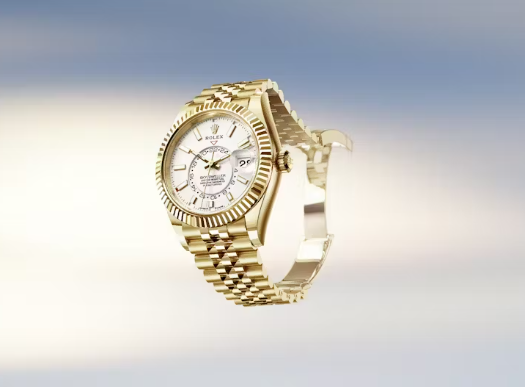
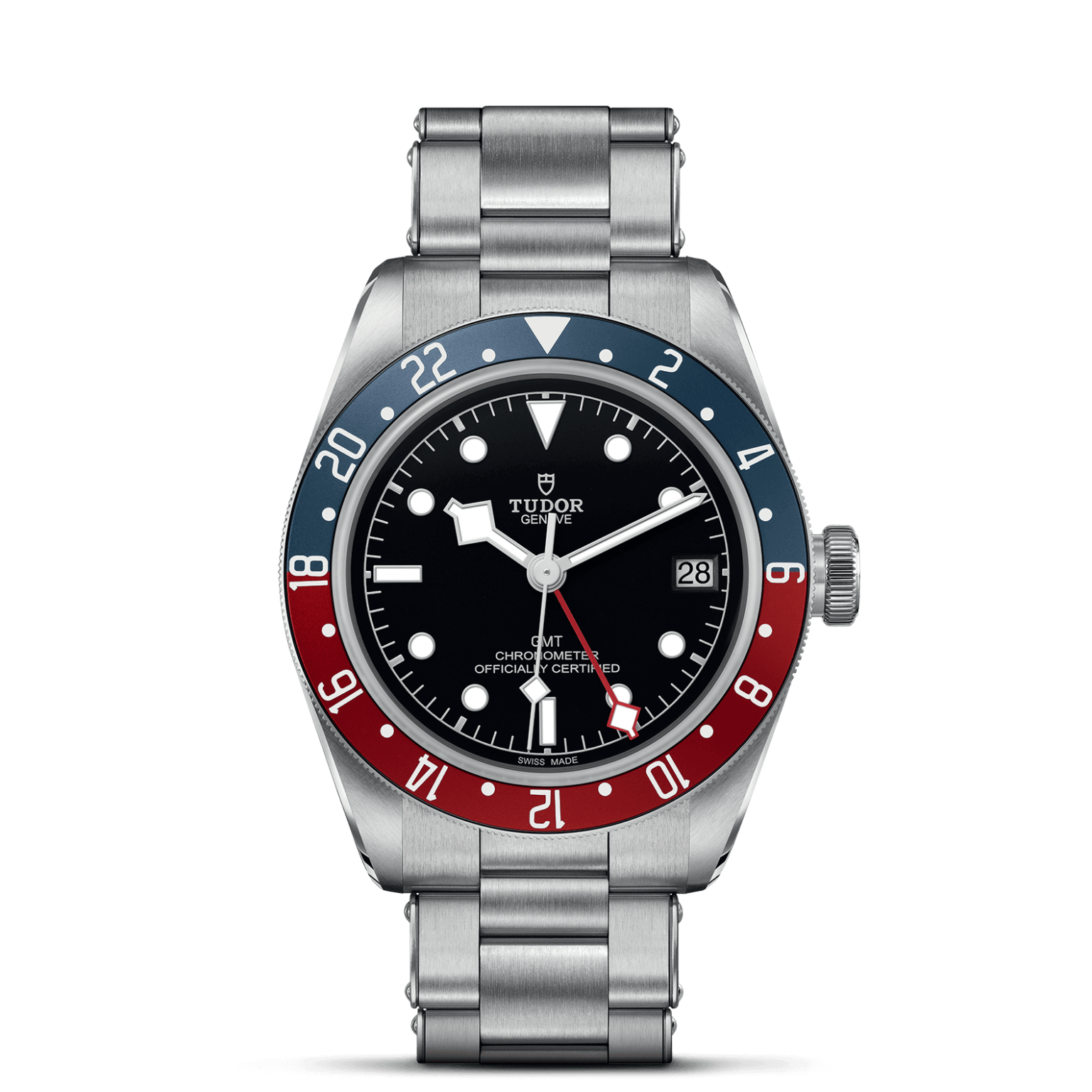
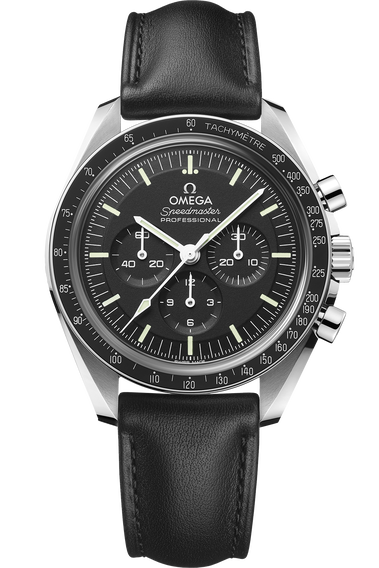
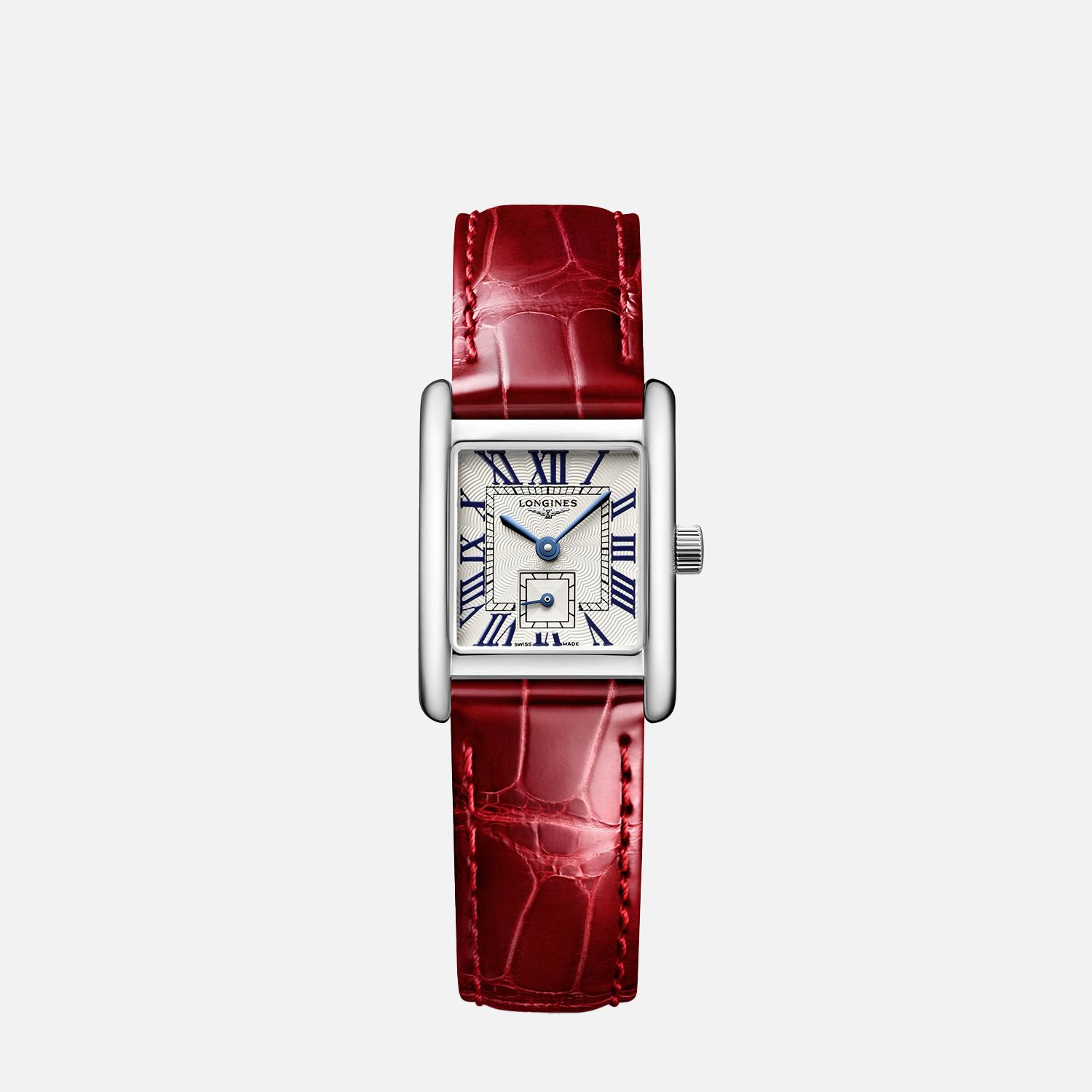
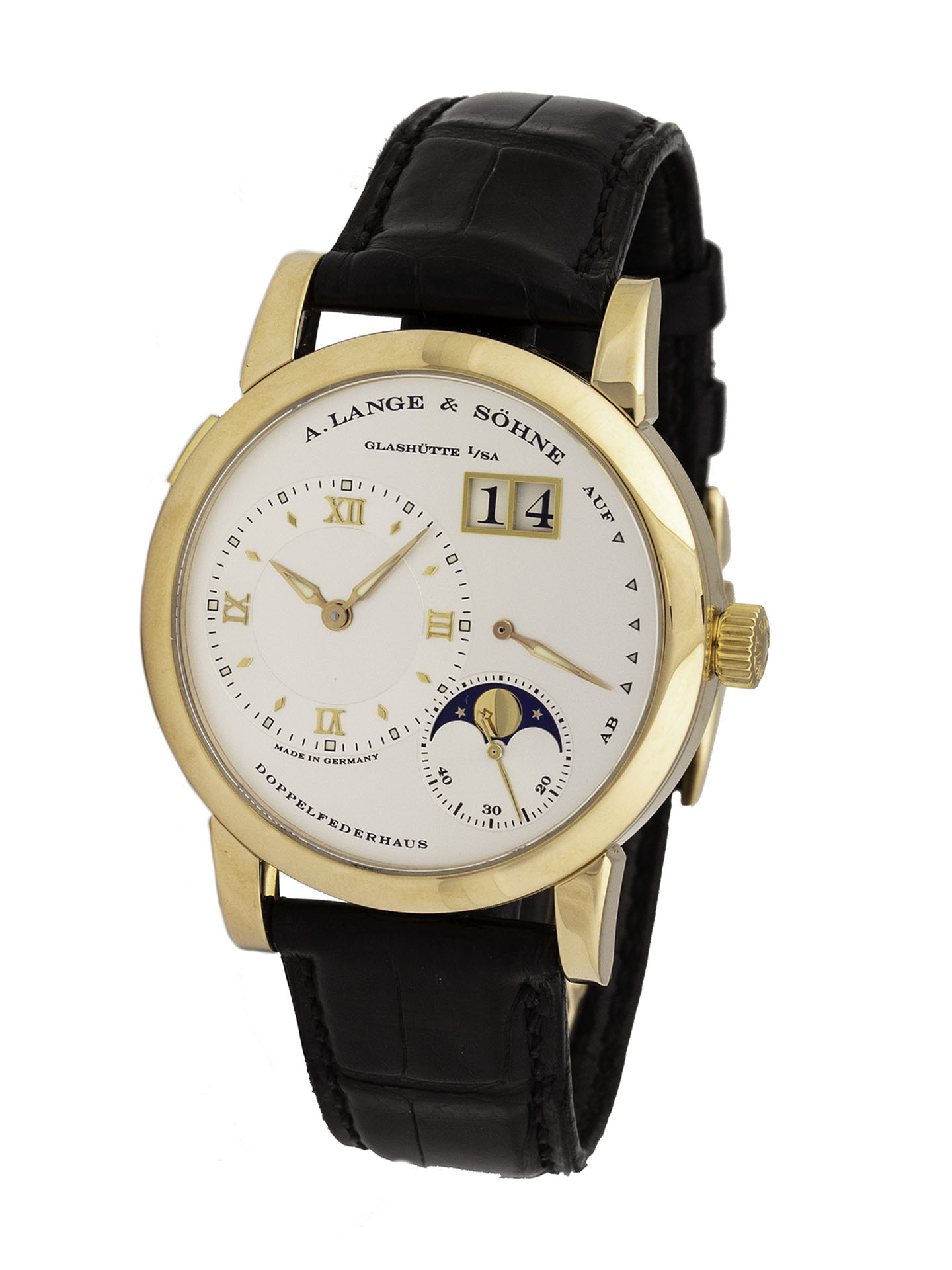

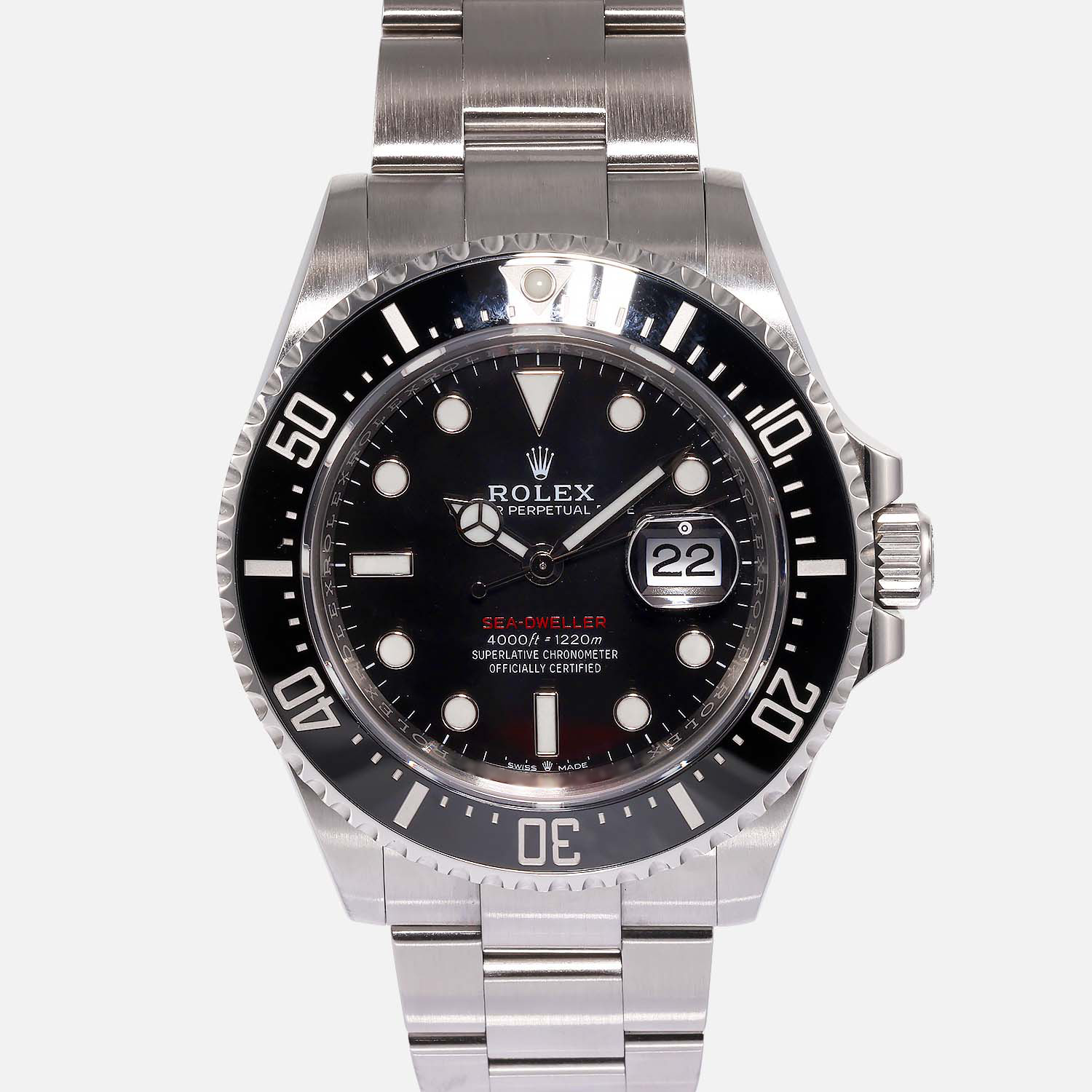
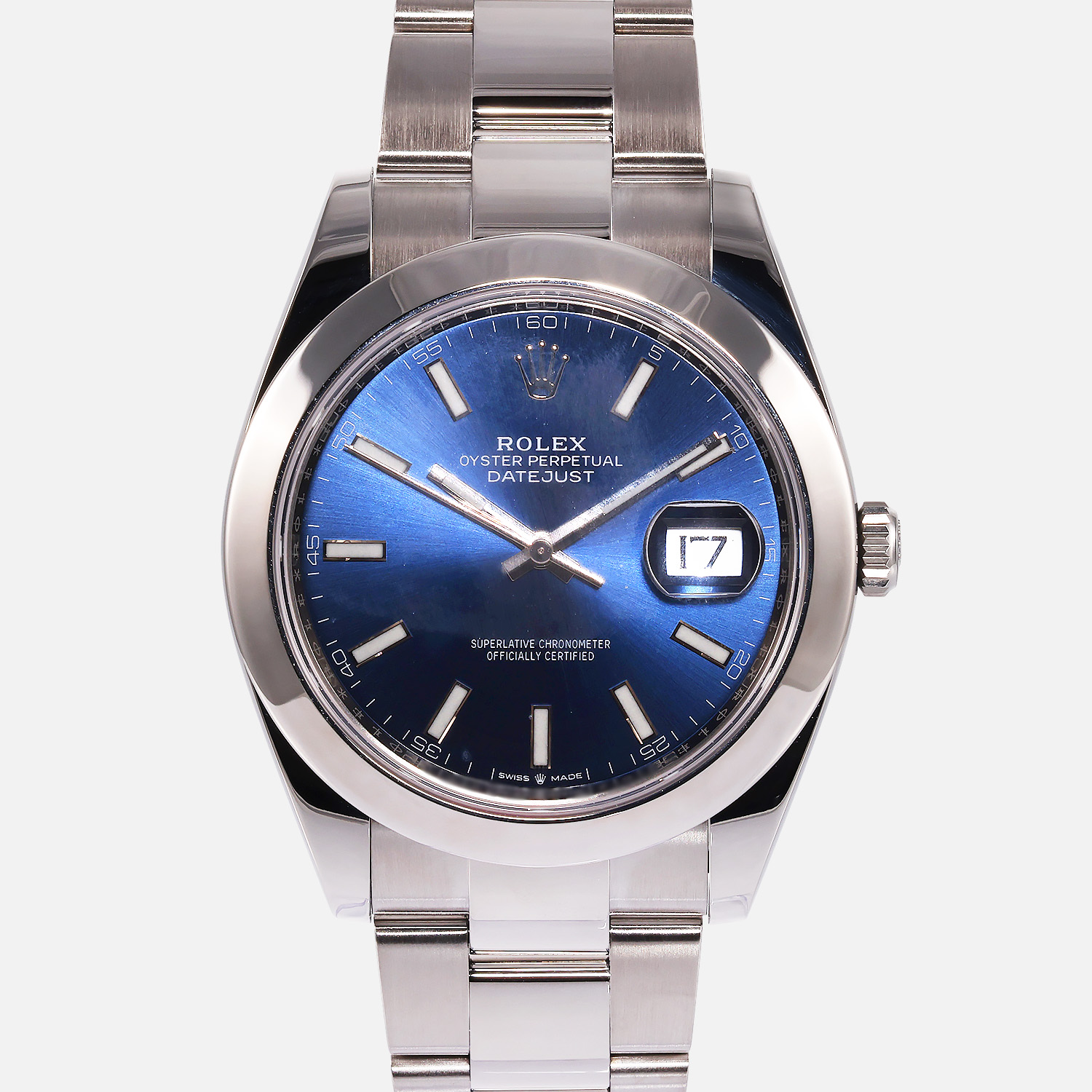
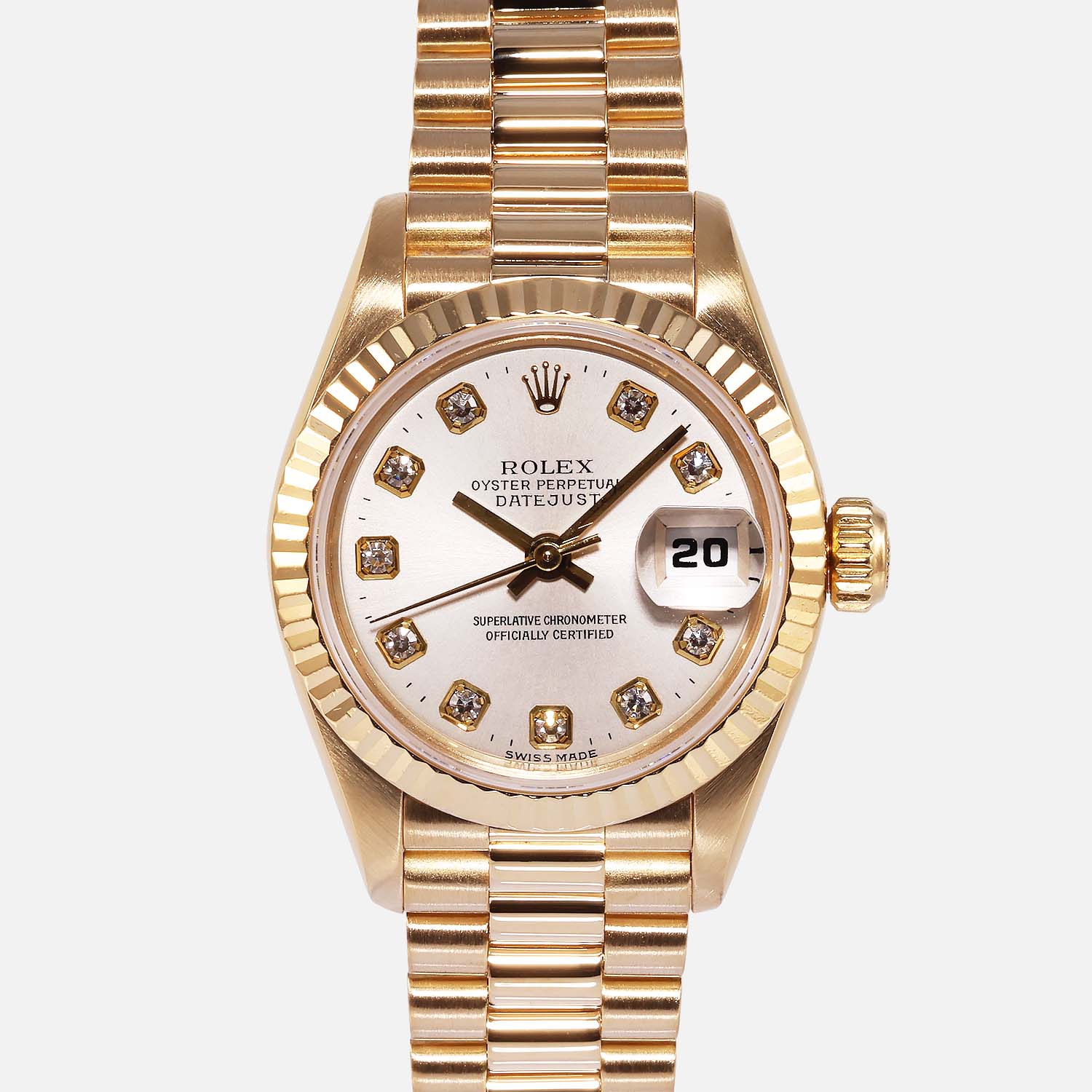
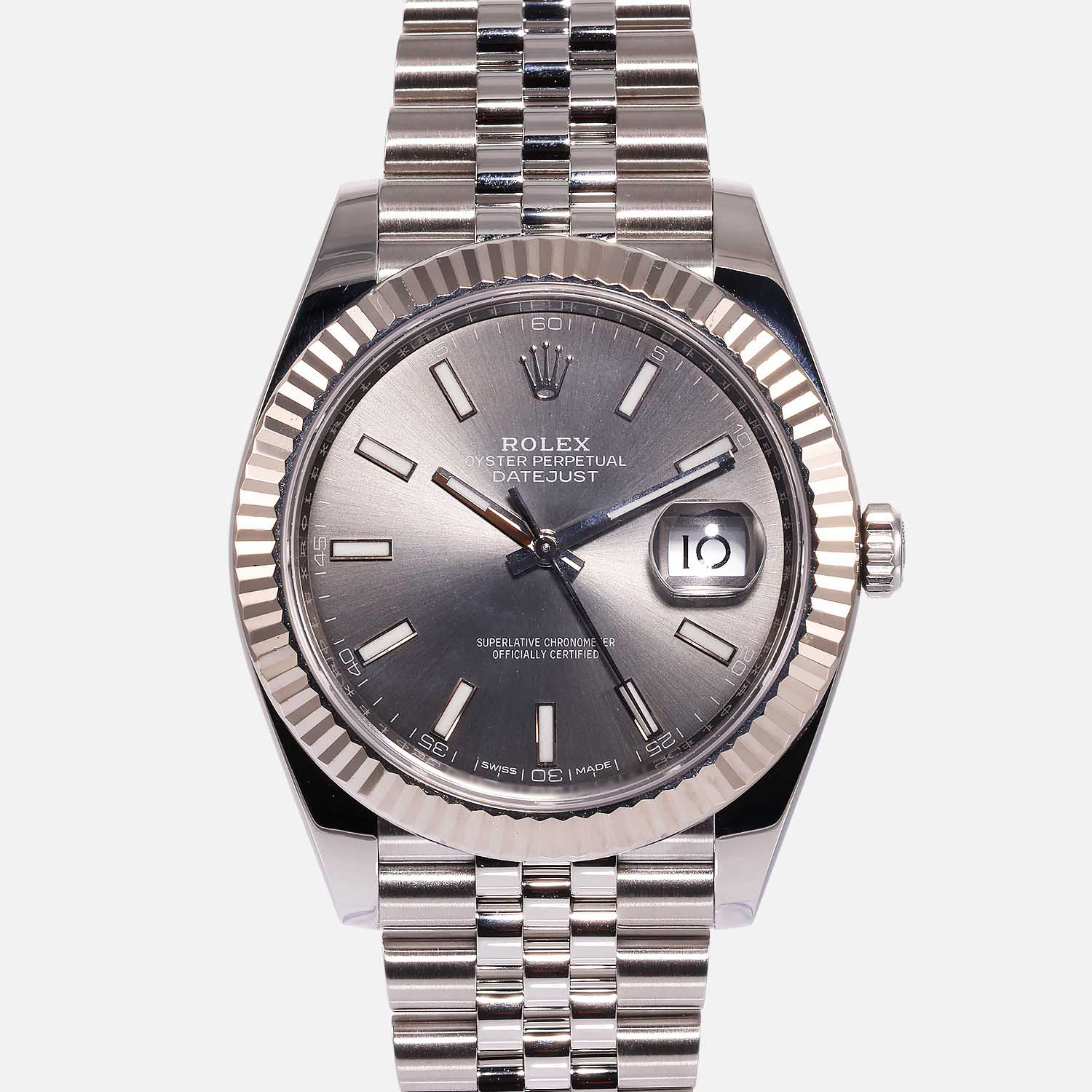
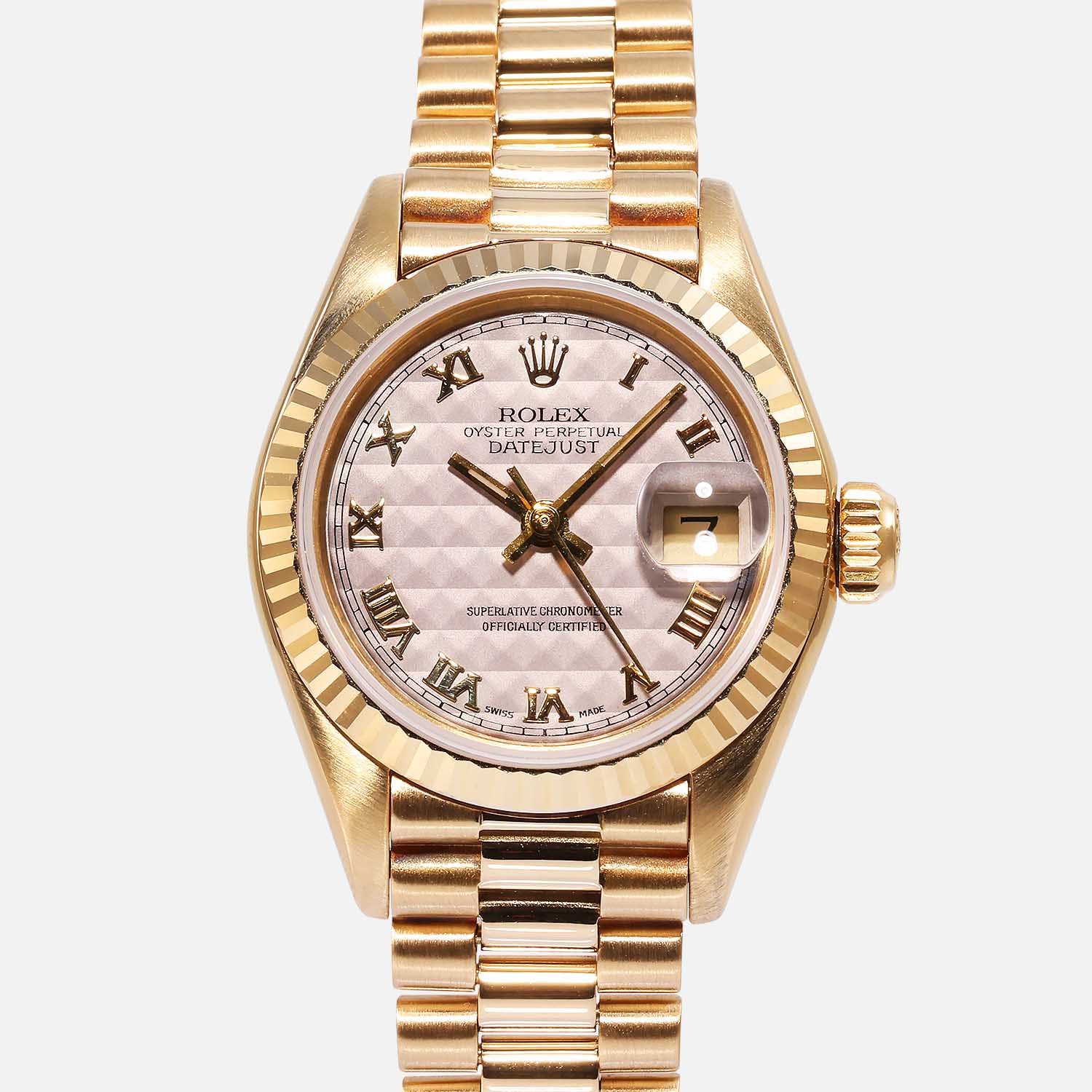
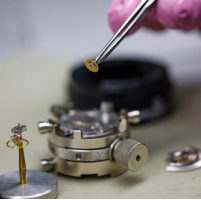
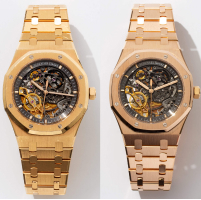
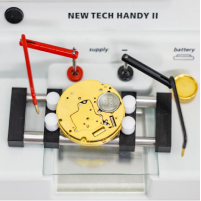
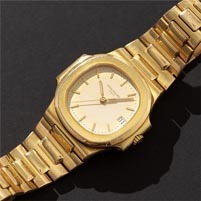
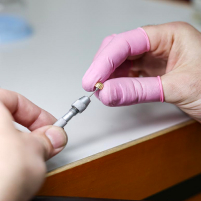
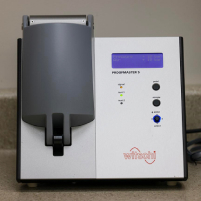
![Spotting A Fake Pre-Owned Rolex Watch [INFOGRAPHIC]](https://precisionwatches.yelkdev.site/wp-content/uploads/2024/02/pw-logo-sign.png)





